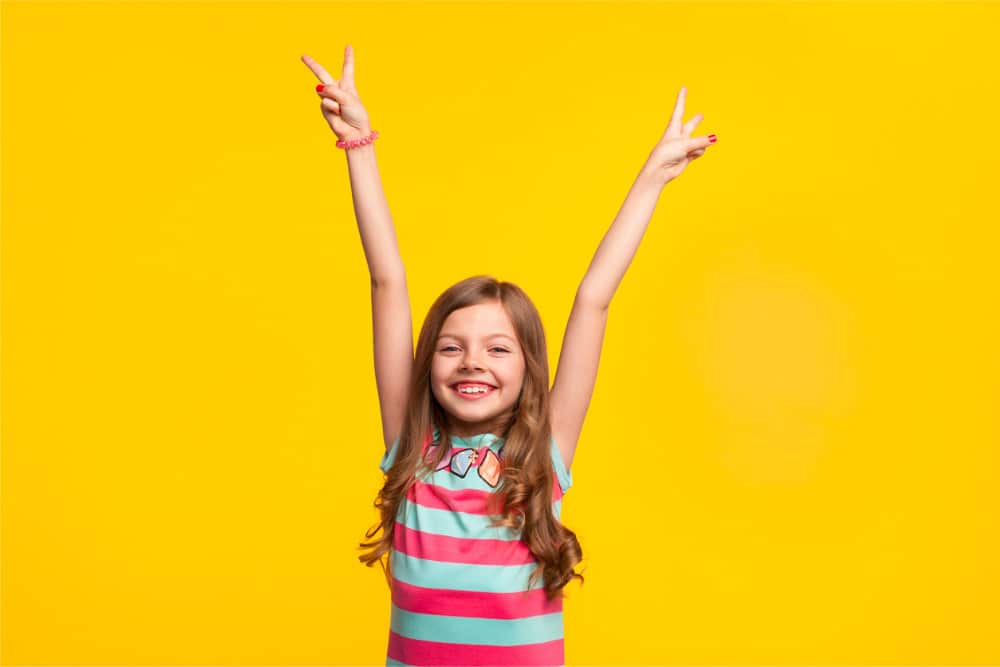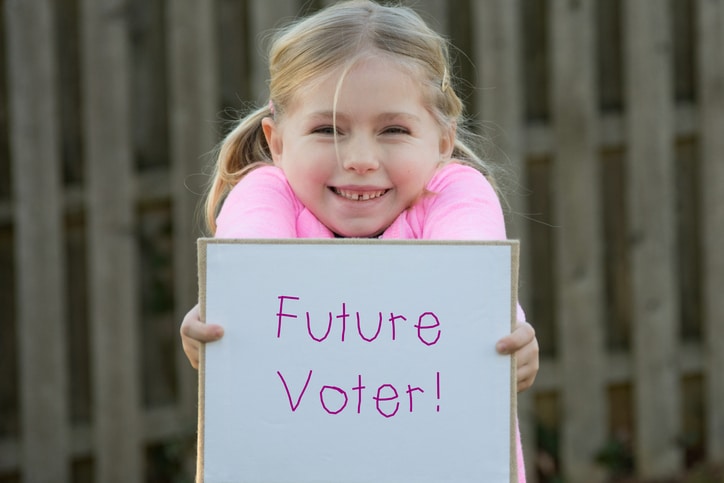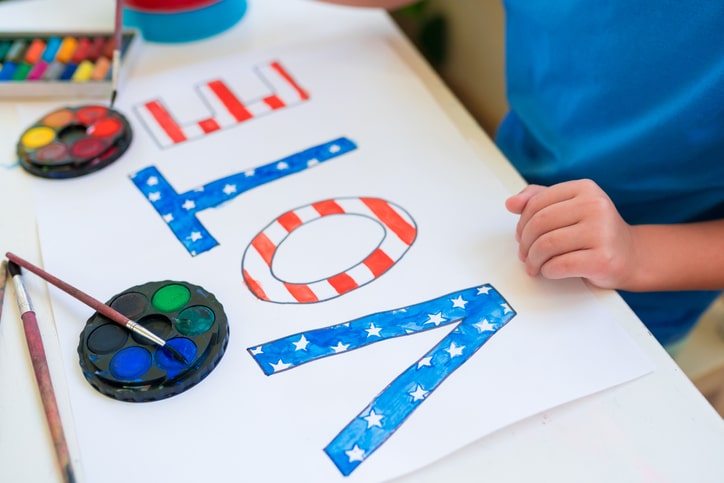 Learning about elections and voting is extremely beneficial in elementary school. Even though our students are unable to vote at their age, developing an understanding of the process and how elections work throughout their elementary, middle and high school careers will help them fully engage when they eventually are able to vote.
Learning about elections and voting is extremely beneficial in elementary school. Even though our students are unable to vote at their age, developing an understanding of the process and how elections work throughout their elementary, middle and high school careers will help them fully engage when they eventually are able to vote.
The 2020 election is a unique one - to say the least - and you will want to make sure you are prepared to teach about voting and elections.
Below, we have put together a list of tips and fun lesson plans to incorporate into your classroom during this and future election seasons. A lot of the projects outlined below also work extremely well for Presidents Day and can be tweaked to suit elections at the community and state level, also.
Be sure to check out our library of Civic/History classbooks created by other classrooms around the country for extra inspiration!
Tips for Teaching About Voting and Elections in Elementary School
First and foremost, remember that you are teaching young students about elections. The main focus should be on the democratic process and discussion should stay focused on that. If you are doing a history lesson on past presidents, make sure the focus stays on those presidents and how they changed the country.

Fourth and fifth grade students, in particular, are probably aware of the current political climate and may try to steer discussion in a direction that isn’t part of the lesson. Keep things on track by keeping the conversation on topic.
If you are teaching in a virtual environment, you can always mute students who are not presenting or talking.
In the classroom, you can make a strict rule that if one student is presenting everyone else must be quiet and listen.
Here are a few more tips for teaching elections and voting to your elementary school students;
1. Keep it neutral
No matter what your opinions are on the current presidential election, keep those to yourself while teaching students about voting, elections, past presidents etc., present only facts when teaching about the democratic process. Your students deserve the most accurate information so that they can understand voting and elections without any bias.
Even if one of your students does get off track, starts talking about something that is not part of the lesson plan - and you agree with them, say something along the lines of, “That is an interesting point but not what we are talking about right now. We will not be addressing that issue.” This will tell the student that although what they are saying isn’t being disregarded, you won’t be talking about it in class.
2. Provide a list reputable research resources
If your lesson plan involves research, provide your students with a list of unbiased reputable websites to use. If you send them out into the wild west that is the internet, they could stumble upon sites that have inaccurate information that supports certain agendas.
Here are a few sites you can share with your students for their research projects.
- http://www.smithsonianeducation.org/
- https://www.kidfriendlysearch.com/
- https://www.history.com/speeches
- https://www.kidtopia.info/
- https://www.loc.gov/
- https://bensguide.gpo.gov/
Now, obviously kindergarten and first grade students will need more guidance in their research than fourth and fifth graders. You can provide them with specific worksheets and visual resources such as a video on why voting is important to help them understand why we vote and a simple overview of the process.
3. Make it fun!
Learning about elections and the democratic process may not bring on as much excitement as learning about space or dinosaurs but you can get students excited by choosing fun lesson plans and activities to go along with instruction.
Voting is both exciting and important and showing enthusiasm will go a long way with your students. There are a lot of great videos, we linked a couple in the section above to help support your lesson plans and make for a more engaging experience.
Lesson Plan Projects on Voting and Elections for Elementary Students
1. Past Presidential Portraits
This is a fantastic historical research project for students and can be tailored to specific grade levels.

Kindergartners and first graders can create a mind map about their president with general information like where the president is from, when the president was elected and one cool fact they discover when learning about their chosen president. In the middle, they can draw a portrait of their president! We suggest providing your students with a little guidance for the president they chose as these grade levels are not quite ready to dig through research on their own.
Second and third graders are at the very beginning of learning how to conduct research and will likely need some guidance on where to find information on their past president. These grade levels can dig a little deeper than kindergarteners and first graders by adding information about accomplishments the president they chose made or important world events they were involved in. Have your students add a portrait of their president during the important times they choose to write about!
Fourth and fifth graders should be able to conduct the majority of their research independently but may have some questions about sourcing relevant information. Similar to the second and third grade project, fourth and fifth grade students can focus on important accomplishments and events that happened during their choice’s presidency. To increase the level of difficulty, have them also include information about how those decisions impacted citizens’ lives then and now.
A great way to show off your students’ work is to combine everything into a classbook of past presidents. Each student can present their classbook page and all of your students will get to know a little more about a variety of presidents. Check out this example classbook about people of the past for some extra inspiration!
2. Write a Presidential Speech
This is a fun writing and public speaking activity that can be combined with the Mock Election project below. This project can be adjusted for all grade levels. The issues addressed in the speeches can range from fun and quirky school rule changes like having every Tuesday be “Eat Snacks In-Class Day,” to addressing bigger issues like climate change for upper elementary grade levels.
Before your students get to writing, present them with a few famous presidential speeches for inspiration. You can have a discussion on what makes these speeches so great and why they were important.
After you discuss famous speeches from past presidents, give your students an outline to follow to create their own. We highly suggest that you have your students run the topics of their speeches by you before they start writing to avoid extremely controversial or divisive topics.
After the speeches are written, they can then present their speeches to the class either in person or over video. After the speeches are presented, have your students draw a picture of themselves giving their speeches to the masses. You can then take their work and publish it into a classbook that they can look back on for years to come! Who knows? You may have a future president in your class that will remember the first speech they wrote with you!
3. Hold a Mock Election for an Animal You Think Would Make a Great President
This project is not only fun, but a great persuasive writing exercise. Although this type of project is geared toward lower elementary grade levels, students in upper elementary grade levels will have a good time with it too and can use critical thinking to choose the most presidential animal.
After your students choose their animal, have them write about why that animal would make a great president. They can then present their argument to the class. Have your students draw campaign posters for their animal candidates and combine their work into a fur-filled presidential classbook!
You can then hold a mock election and have your students vote on which animal would make the best president. Here is some information on how to put together a successful class election!
This type of activity is a great opportunity for students to learn how the presidential office is structured and how the democratic process works.
4. Election Term Bingo
This vocabulary activity will help your students become familiar with terms that are used during an election. Your students can come up with their own glossary of election term definitions. You can print these off and simply share with your students or take it a step further and have your students create a classbook of election terms!
After you have your glossary put together, have your students create bingo cards and put an election term in each square. Then have them create bingo markers that have a short definition of the term that they will place on the correct square when the term is discussed in class.
When one of your students gets a bingo with all of the correct definition markers, you can award them with a special prize.
For lower elementary grade levels, you can adjust this game to just include the terms and verbally say the definitions rather than having them try to match them up on the cards.
Join Our Community of Teachers!
If you are looking for more excellent ways to keep your class engaged without sacrificing their learning, visit the Studentreasures Teacher’s Lounge to access our massive library of educational resources and join our amazing community of teachers. Learn how to create a classbook using our adaptable publishing kits, and turn your students into published authors today!






